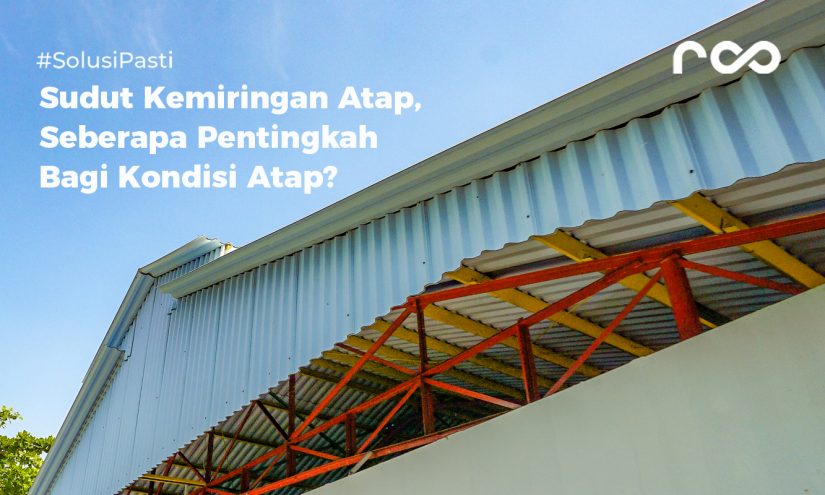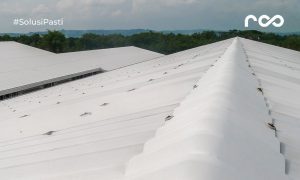
Building roofs come in many types and shapes, each with its own standard roof slope angle.
The roof is a vital element in a building’s structure, serving as the primary protection from various weather conditions such as rain, heat, and wind. One technical aspect that greatly impacts the roof’s function and durability is its slope angle. Although often overlooked, the roof slope has a significant impact on water flow efficiency, load resistance, and the building’s aesthetics.
Impact on Water Flow and Drainage
The roof slope angle determines how quickly rainwater can flow off the roof surface. The steeper the roof, the faster the water drains, and the less likely it is to pool. Water pooling on flat roofs or roofs with low slopes can lead to leaks, seepage, and long-term roof material damage.
-
High sloped roofs (over 30°): Suitable for areas with heavy rainfall as they can drain water quickly.
-
Flat or low sloped roofs (less than 10°): Require specialized drainage systems and more advanced waterproof materials.
Load Resistance
The slope angle also affects the roof’s ability to withstand loads, particularly snow (in four-season countries), dust, or even leaves. Roofs that are too shallow tend to hold the load on their surface longer, which can accelerate material wear and increase the risk of structural damage.
Impact on Ventilation and Air Circulation
The roof slope also affects the design of the space under the roof, including air circulation. Higher sloped roofs usually create a larger attic or ceiling space, which allows hot air to be trapped above, reducing indoor temperatures. This can help improve the building’s thermal efficiency.
Aesthetic Factors and Architectural Style
The slope angle plays a role in defining the visual character of a building. For example:
-
Steep roofs are typical of classic European-style homes or traditional Japanese houses.
-
Flat roofs are commonly found in modern minimalist home designs or commercial buildings.
Choosing the right roof slope should align with the desired architectural concept and local climate conditions.
Material Efficiency and Construction Costs
High-slope roofs require more roofing materials, framing, and installation costs. On the other hand, flat roofs can save on materials but may need additional waterproofing and drainage systems. Therefore, a balance between functionality and cost should be carefully considered.
Conclusion
The roof slope is not just about aesthetics; it is a crucial technical factor that directly affects the performance and longevity of the roof. The right angle should be chosen based on climate conditions, building function, and the desired design concept. Consulting with an architect or building engineer is highly recommended to determine the most ideal slope.

#solusipasti #rooftop #20yearswarranty #atapdingin #atapupvc #ataprooftop #atapdinginrooftop #atappvc #atapringan #atapantibakar #arsitekjakarta #arsiteksurabaya #interiorjakarta #interiorsurabaya #kontraktorjakarta #kontraktorsurabaya #antikarat #solusitop #arsitek #indonesiaarchitects #atapgudang #atappabrik #kanopi #carport #atapkanopi #cseries

